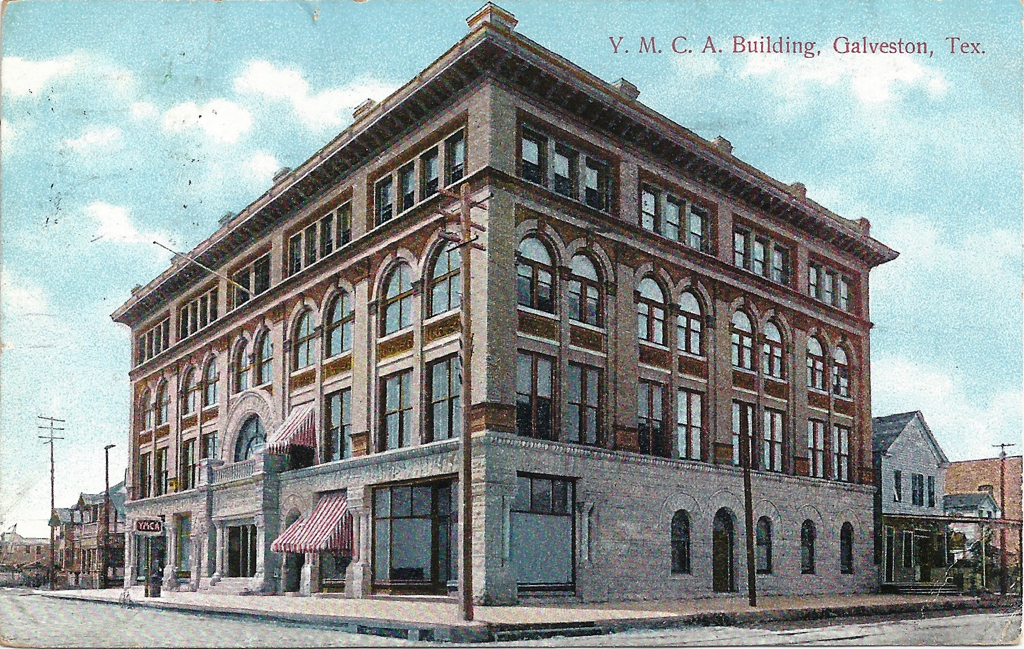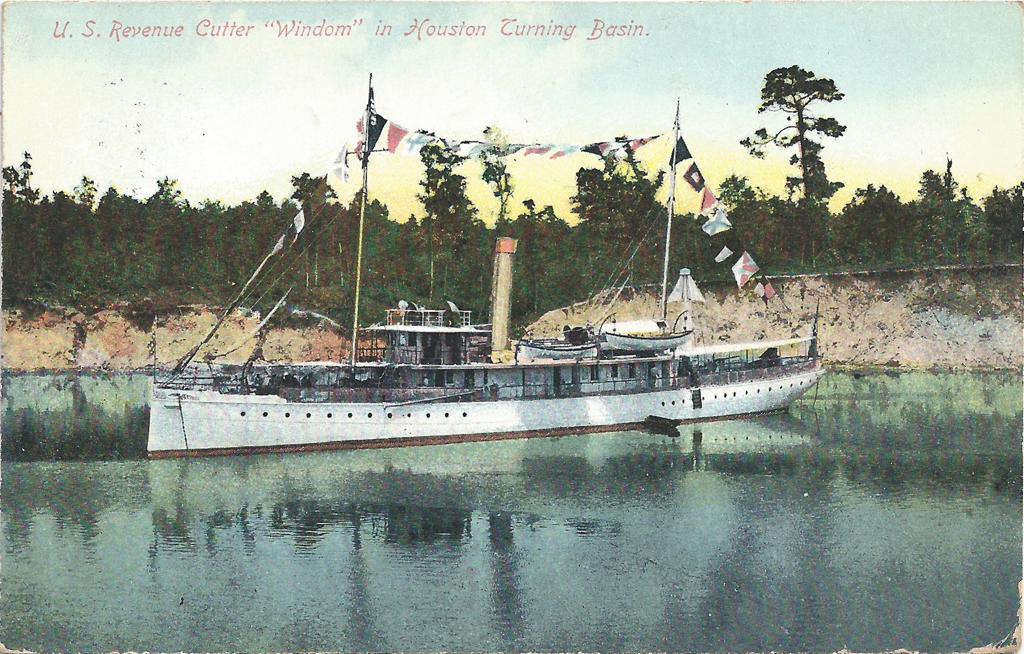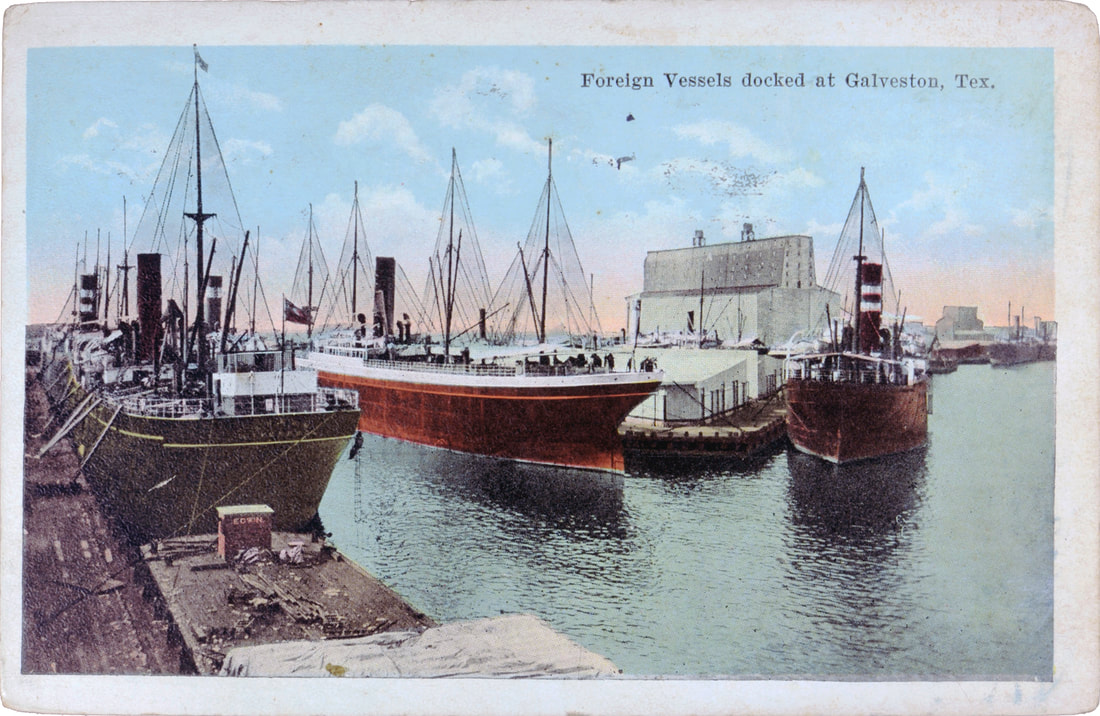Galveston Time Portal
Before Texas was of interest to European exploiters, it was held by various indigenous tribes, including the nomadic Karankawas who made temporary encampments on the windswept sandbar. Stephen F. Austin’s colony was situated on the inland valleys of the Brazos and Colorado rivers further west, and settlers were constrained by the limits of their charter from any interest in Galveston Island. Although pirates such as Louis-Michel Aury and Jean Lafitte had sheltered there as early as 1816, settlement was sparse until the new government of Mexico established Galveston an official port city in 1825. Political instability kept the port from developing until the Texas Revolution of 1836 stabilized the breakaway nation firmly in the hands of Anglo settlers. French-Canadian Michel Branamour Menard(1805-1856) purchased 4605 acres of land on Galveston Island in 1836, and in 1839 adopted a charter by the Republic of Texas to incorporate the City of Galveston. The island town was at the start driven exclusively by maritime traffic, and incoming and outgoing cargos were delivered at wharfs on the mainland and the island by ship or ferry. Railroads came to southeast Texas in 1860 when the Galveston, Houston & Henderson Railroad built the first causeway spanning the 10,000 foot distance between Virginia Point and Galveston Island. A hurricane took this bridge out in 1867 and it was rebuilt and another for the Santa Fe railroad added. A third railroad bridge was added in 1892, and a steel bridge designed for wagons in 1893. The 1900 storm took out all four bridges, and much of Galveston as well. It took until 1911 to span the bay again, this time with the reinforced concrete bridge with arched supports and a swing drawbridge over the busy inter-coastal canal, as pictured above. Traffic included 5 unified steam rail lines, the separate Galveston-Houston Electric Interurban Railway, a 30” water line for the city, and a 19’ brick county highway for carriages and what few automobiles were then on the road.
























